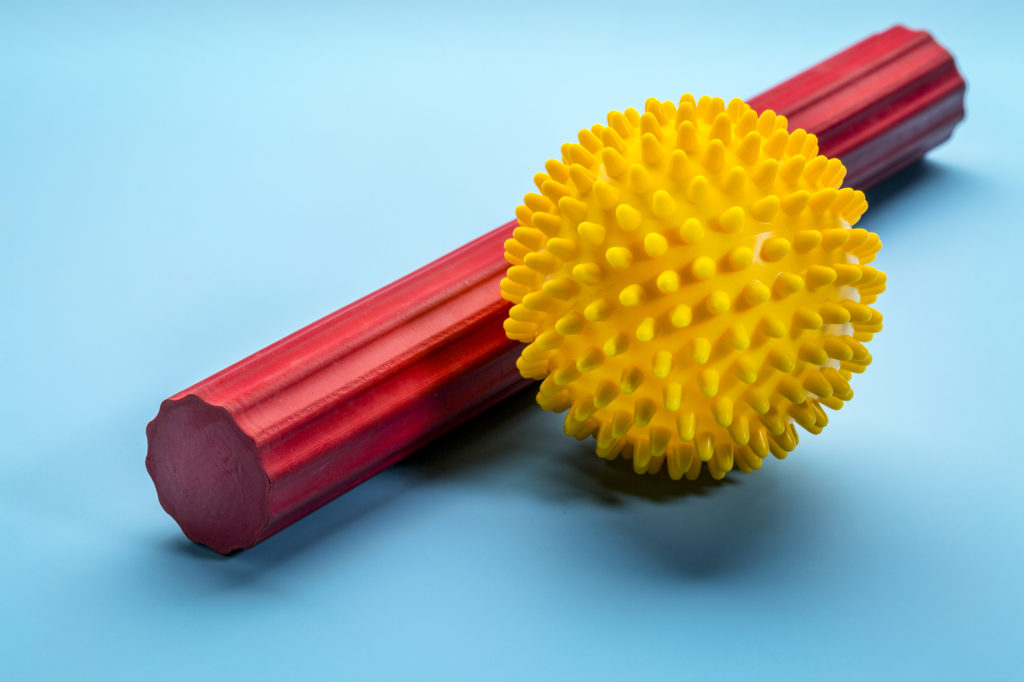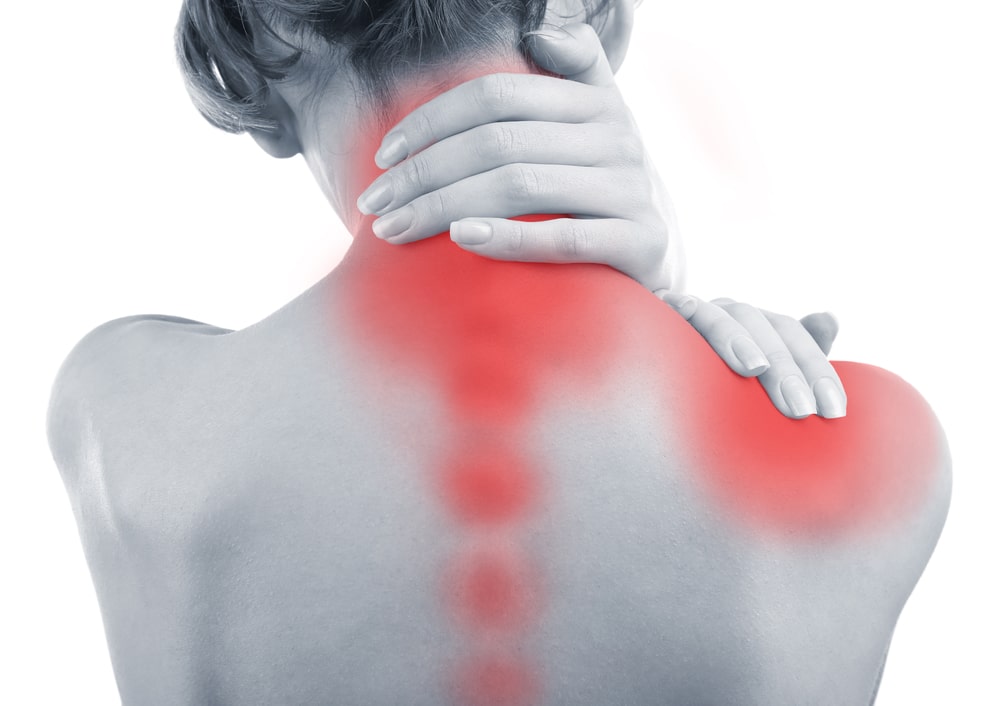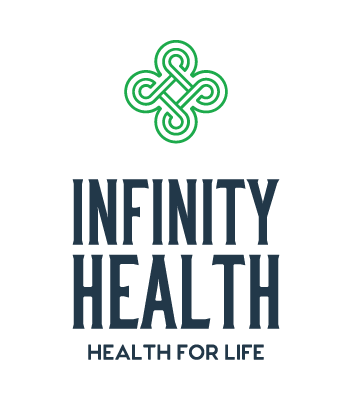- Does Myofascial Release Massage help trigger points?
- How often should you massage a trigger point?
- What does Myofascial Release for trigger points feel like?

You may be surprised how much impact you can have on trigger points by using self-massage techniques for Myofascial release. Trigger points or ‘muscle knots’ are sore spots in the muscle fiber. The trigger points stop blood flow, starving tissue of oxygen and nutrients. Metabolic waste and toxins build in the area causing pain, tension and spasm in the muscle.
Does myofascial release massage help trigger points?
Depending on the severity of the knot, self-massage can be an effective way to treat mild cases. Even several minutes of massaging at the sore spot can help to get the blood moving again and squeeze out the waste metabolites.
The most challenging part of treating trigger points with self-massage is finding them. It can be tricky to isolate exactly where the knot is within the pain area. The best course of action is to rub along the sore area until you find acutely sensitive spots. Combining breath work with your self release techniques can have an even more profound effect.
Once you’ve identified the general area of sensitivity, there are a number of techniques you can use to work it out:
- Place consistent pressure on the spot without movement for 10-100 seconds.
- Alternatively, you can apply small circular movements over the knot. If you know the direction of the muscle fiber, you should try to move parallel to the fibers in an effort to elongate them.
How often should you massage a trigger point?
Aim for 30 second intervals to start. Up to 5 minutes is all a trigger point really needs in one session. You can revisit the trigger point up to 6 times each day if necessary, but typically 1-2 sessions per day will suffice.
In terms of myofascial release pressure, you want to go middle of the road here. Using a pain scale of 1 to 10 where 10 is the most, aim for 4-5. Starting off more gentle and adding pressure as is tolerable.

Most people find fingers, thumbs, elbows or tennis balls to be the most effective tools to achieve these results. You can also use a foam roller for a larger area.
What does myofascial release for trigger points feel like?
Keep in mind, you may not feel the ‘release’ and often the spot may feel more sensitive before it feels better. Don’t be discouraged as you may find relief several hours later or in some cases the following day once the trigger point has time to settle down.
In some cases, however, professional help may be required for trigger point release. If you have any questions about myofascial release, please don’t hesitate to reach out!

